The Biggest Crabs In the World May Have Eaten Amelia Earhart
The colorful giants of the tropics are thieves, and they’re not picky.
Each week, Atlas Obscura is providing a new short excerpt from our upcoming book, Wild Life: An Explorer’s Guide to the World’s Living Wonders (September 17, 2024).
Can you imagine a crab the size of a cat scuttling around your backyard, climbing up trees, and quietly sneaking away with your shiniest pots and silverware? No? Then perhaps you’ve never had the privilege of meeting a coconut crab.
Coconut crabs are the world’s largest land-based crustaceans. These mostly gentle giants can weigh as much as a small terrier and have a leg span of up to three feet (one meter). But their most impressive assets are their front claws, which grip with tremendous force. They use them to drag around objects weighing more than 60 pounds (27 kg) and to crack open coconuts, a feat few other species can pull off.
These crabs are curious and unfussy. In addition to coconut flesh, fallen fruit, nuts, and seeds, they’ll eat the remains of dead rats, seabirds, and even their own kind. This has led to speculation that these giants may be partly responsible for the disappearance of famed aviator Amelia Earhart, who perished in the remote Pacific. Some researchers believe that her remains were eaten by coconut crabs, who then dragged away the bones.

But don’t let that put you off. While they will defend themselves if provoked, coconut crabs aren’t aggressive toward people. They have, however, earned the nickname “robber crabs” for their love of human-made objects, which they often drag away to their burrows for further inspection and, when possible, degustation.
While they seem especially drawn to shiny pots and pans—probably because they smell like food—researchers and tourists have recorded the crabs carrying off everything from whisky bottles and sandals to expensive camera equipment. In one legendary example, a crab on Australia’s Christmas Island stole—and crushed—a rifle that had previously belonged to a soldier making camp.
Coconut crabs live in a variety of homes over their lives, which can span many decades. Baby crabs are born in the ocean, hatched from eggs a mother crab releases directly into the water. After hatching, the tiny larvae spend about four weeks floating around before metamorphosing into juvenile crabs. For the next few years they live by the shore as hermit crabs, using other animals’ discarded shells for shelter and protection.

As the crabs grow, their bellies turn rock hard and they ditch their borrowed shells. Adult coconut crabs’ exoskeletons settle into a range of vivid colors, everything from orange, red, and brown to light violet, deep purple, or even blue.
But this beautiful and newly tough exterior comes at a price—the crabs lose their ability to breathe underwater. They move farther inland to live out the rest of their lives, taking advantage of what landlubbing life has to offer, from coconuts to the odd wristwatch.
- Range: Tropical islands around the world, including in Polynesia, Micronesia, the Philippines, and Taiwan, as well as coastal areas in Japan, Mozambique, Tanzania, and Papua New Guinea
- Species: Coconut crab (Birgus latro), also known as the robber crab
- How to see them: Some of the world’s largest individuals live on Australia’s Christmas Island, where they are protected. Locals on the island nation of Niue, in the southwestern Pacific, offer coconut crab tours, where you can get up close with the crustaceans and learn about their cultural importance.
THE WILD LIFE OF: A Coconut Crab Advocate
Ruaruhina Teariki Sholan, an Indigenous Polynesian environmentalist and coconut crab advocate, lives on the remote atoll of Rangiroa, in the Tuamotu Islands of French Polynesia. For centuries, her family has had a special connection with the coconut crab, or kaveu. Today, Ruaruhina Teariki Sholan and her family rescue kaveu and release them back into the wild.
How has the kaveu population changed since you were young?
When I was little, I’d go out into the village of Tiputa and we’d see coconut crabs by the church, on the football fields, crossing the roads, on the sand. You could spot them everywhere. You’d have to wait till the evening to see them—it’s true that they like to hide during the day—but we’d see the kaveu. Today, in the village, we don’t see them anymore at all.

Why is the kaveu important in your family?
The kaveu here in the Tuamotus and for my family in particular is a totem, a taura’a. It’s one of our animal protectors, on my grandpa’s side. My grandpa Meihea Tipehu is from Tiputa [a village on Rangiroa], and his ancestors communicated with the kaveu and they had a lot of connections to this totem.
For me, the kaveu represents the memories of my ancestors. This animal lived with my ancestors. It delivered news to them, whether good or bad. My ancestors lived during a time when they didn’t have the modern communication tools we have today. So there’s a spiritual connection with the kaveu.
Why is it important to save the kaveu?
I’d like to change your question. What are we going to leave for our children and grandchildren? There are countries today that have lost important animals in their life cycle, in their environment. There are animals that have completely disappeared from the earth. When I’ve left this world, I’d like my children and grandchildren to be able to see the coconut crabs again. To understand their history. I’d like them to know how to prepare and eat them in the traditional way. To perpetuate our culture and our traditions.
One last thing I’d like to add is that my memories tell me we are descendants of a people who were aware of the cycle of life, in an era where they didn’t have telephones or electricity or all the things we enjoy today. But our ancestors, they had everything. All because they knew how to live with the environment that surrounded them. And that’s how I live with my family today.
This interview has been translated from French by Tiare Tuuhia.
Wild Life: An Explorer’s Guide to the World’s Living Wonders celebrates hundreds of surprising animals, plants, fungi, microbes, and more, as well as the people around the world who have dedicated their lives to understanding them. Pre-order your copy today!

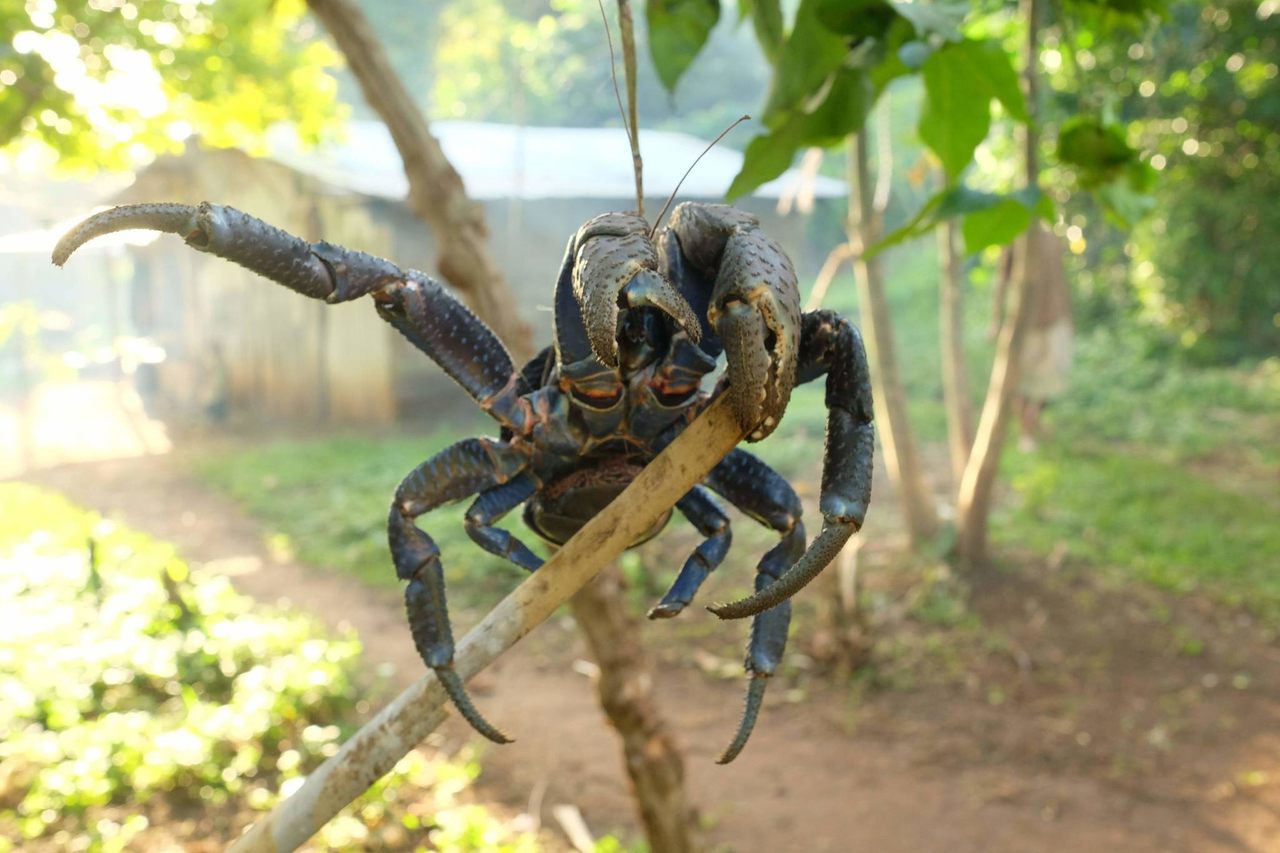
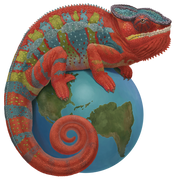
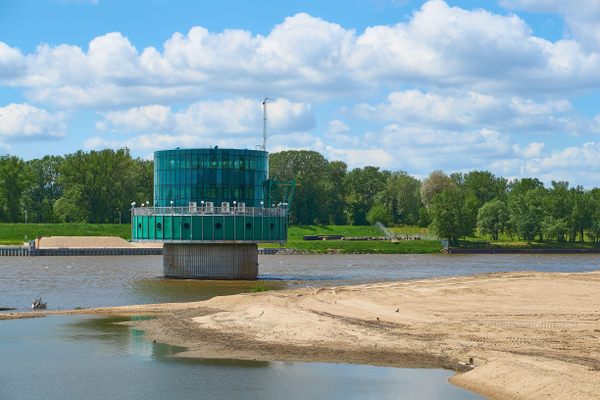
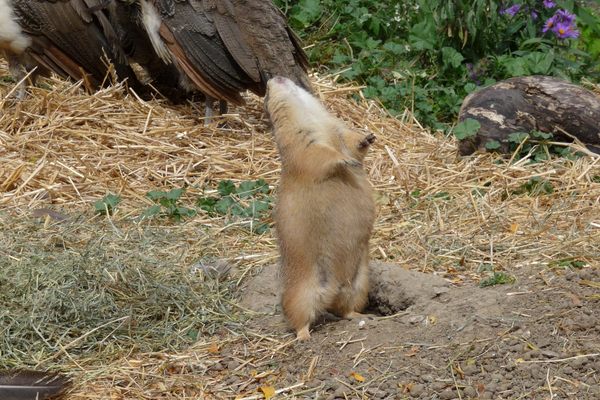

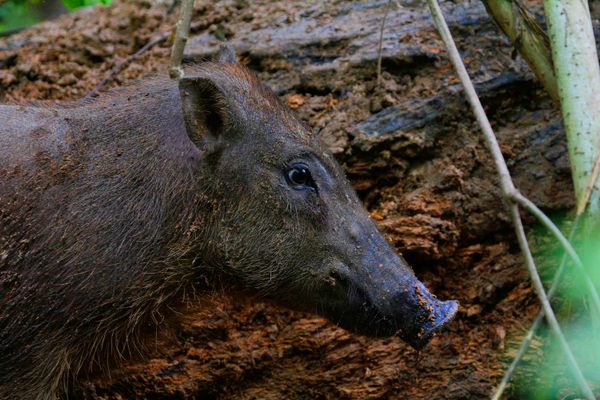


























Follow us on Twitter to get the latest on the world's hidden wonders.
Like us on Facebook to get the latest on the world's hidden wonders.
Follow us on Twitter Like us on Facebook